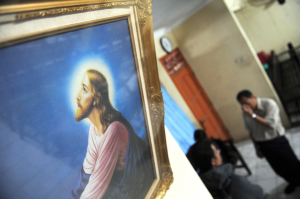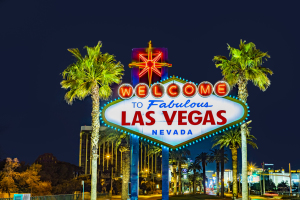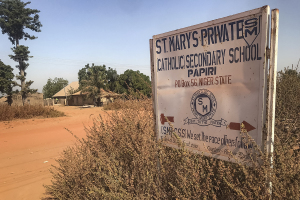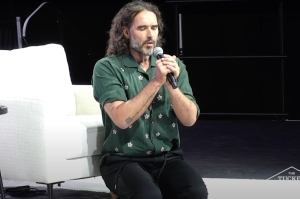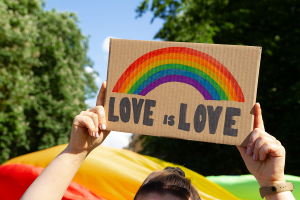Where Is the Religious Left?
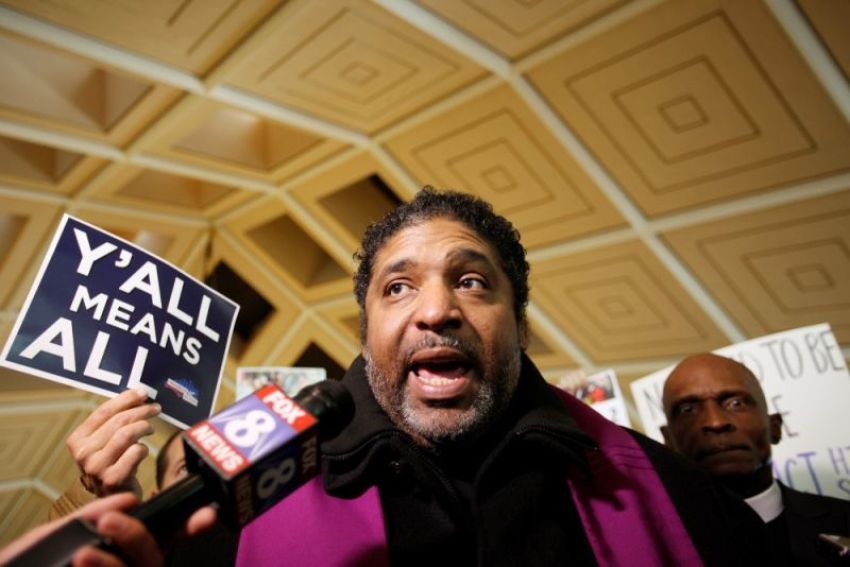
Recently Religion Dispatches writer Daniel Schultz, a United Church of Christ minister, expressed chagrin, at least tongue in cheek, that I had tweeted approvingly about his dismissal of claims about a Religious Left revival. He had challenged specifically such a claim from a Reuters column. And he was also distressed, again tongue in cheek, that his original column was echoed by Southern Baptist leader Albert Mohler and conservative religion journalist Terry Mattingly.
Schultz's rueful skepticism of Religious Left revival was artfully crafted and offered helpful insights, with which I agree only partly. He's right that some media occasionally will focus on a bout of activism by liberal clergy and accompanying activists, typically Mainline Protestants, as evidence of Religious Left revival. The evidence is usually anecdotal, such as a small rally with clerics wearing clerical collars and robes for the benefit of cameras. To what extent these demonstrators have a popular following among religious people is rarely explored with any depth.
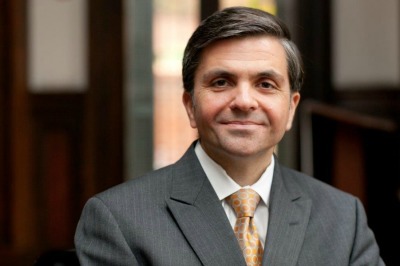
But I don't agree with Schultz that the Religious Left is inconsequential. He believes religionists of the Left lack a wide subculture to sustain them, unlike the Religious Right, partly because the Religious Left is too diverse to cohere. The Religious Right is usually conservative white evangelicals, with some conservative Catholics, some Mormons and a few Orthodox Jews. Schultz argues the Religious Left includes a much wider variety of religion, race and ethnicity. He's maybe, sort of, right, but there's more to it.
The Religious Left has been for decades primarily white liberal Mainline Protestants, with a few Catholic social justice activists plus some Jewish groups. Black Protestant church leaders sometimes collaborate with the Religious Left but their theological and moral traditionalism has long prevented full alliance.
Decades ago the Religious Left had institutional heft because it comprised the once well-funded and prestigious agencies of Mainline Protestant denominations and once powerful ecumenical groups like the National Council of Churches. The "God Box" at 475 Riverside Drive in New York was their headquarters, with hundreds of collaborating staffers and millions of dollars, enshrouded by the names and legacies of venerable church bodies that had helped found and sustain American democracy across centuries.
Most of that old liberal Protestant world is gone or much deflated. Most of those now depleted church agencies have left New York, including the barely surviving National Council of Churches. The historic Mainline seminaries, which became the seedbed of the Religious Left early in the 20th century, are also marginalized, with far fewer students and reduced endowments. A few have closed despite storied histories.
What are the institutional representations of the Religious Left today? There is Jim Wallis's Sojourners, the Interfaith Alliance and Faith in Public Life, among a few others. Much of their constituency is liberal Mainline Protestants. They can organize clergy sign-on letters and small demonstrations with lots of liturgical vestments. But they don't have wide, populist followings. And the media usually ignore them, as do politicians. As part of its last hurrah, the National Council of Churches enjoyed several high profile collaborations with the Clinton Administration 20 years ago. There was nothing memorably similar during the Obama Administration.
In contrast to the Religious Left, the Religious Right has not arisen from denominational structures but was built through parachurch groups often headed by evangelical personalities with large Christian media followings, and sustained by large direct mail campaigns. The Moral Majority and later the Christian Coalition were the early models. There are frequent premature obituaries for the Religious Right, following the demise of a particular cleric or advocacy group. But always there are new leaders and organizations.
Unlike the Religious Right, which is typically entrepreneurial, the Religious Left has been tethered by its affiliation with declining institutional liberal Protestantism. And even now, most lay Mainline Protestants, ignoring their own denominations, still vote conservative.
Here's the twist that most claims about Religious Left revival ignore or don't fully appreciate. Evangelicalism is now the largest religious demographic, and many of its older elite institutions have shifted politically Left, such as colleges, relief groups, and pan-denominational associations. Many evangelical elites don't want association with the Religious Right and consequently shift Left. Most political witness jamborees for young college educated evangelicals are left-leaning. Much of the evangelical blogosphere is left-leaning. Essentially much of evangelicalism is replicating what happened to Mainline Protestantism starting 100 years ago. And these liberal evangelical expressions similarly are mainly from elites and are not usually broad-based.
Here's why I think the committed Religious Left has never had and will never have a very wide popular lay following. Religion is usually about preserving and perpetuating particular teachings and traditions that transcend contemporary culture. Adherents esteem their own community and look to a transcendent authority expressed through clerics and scripture, and usually upheld by family structure. Traditional religion by definition cannot sacralize politics or the state. But the Religious Left, by insisting or at least implying the divine kingdom can be achieved politically, superceding religious communities, ultimately loses its original faith identity in favor of alternative social priorities that are secularizing.
So the Religious Left is almost never populist but it will always exist through the rebellious elites of religious institutions and subcultures, consequently gaining disproportionate influence. This cycle at least in American Protestantism seems perpetual. As liberal religionists stretch the boundaries of their faith or leave altogether, they are replaced by a new generation of enthusiastic converts who rediscover the old orthodoxy.
Originally posted at juicyecumenism.com.















